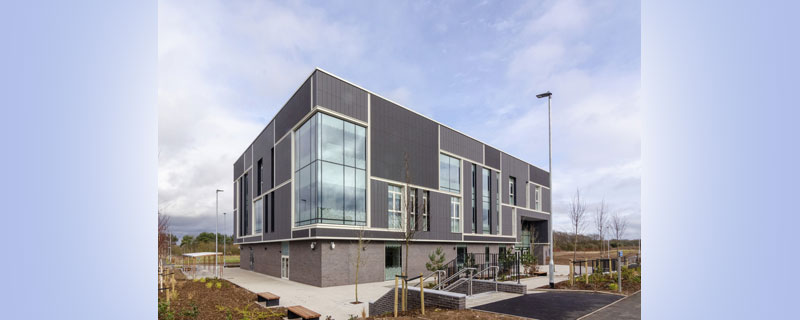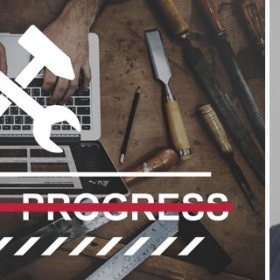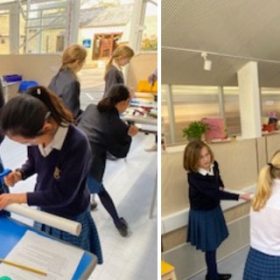Keele University’s new zero-carbon digital innovation centre completes
A new digital innovation facility at Keele University has reached practical completion. The £10.4m Innovation Centre 7 (IC7) will be the home of Keele’s new Digital Society Institute, providing collaborative space for business and research.
Designed by HLM Architects, working with Tetra-Tech, Poole Dick, Currie & Brown and William Bailey, and constructed by Bowmer and Kirkland, the 2,760 sq m building is located on the university’s Science and Innovation Park in Keele, Staffordshire. Forming part of the Keele Growth Corridor University Enterprise Zone, this completion marks a major milestone for Keele University and further builds on its reputation as an outstanding hub of world-leading research and teaching, which aims to address some of society’s most urgent challenges.
The centre’s focus is on the role of data and digital technologies as key enablers in today’s business landscape. A core team of ‘Digital Experts’ will share their knowledge and the necessary skills and technological capabilities to support entrepreneurs and businesses – both large enterprises and SMEs – across various sectors to grow and innovate in a dynamic environment, which will also serve as a catalyst for the development of ground-breaking research themes. IC7 aligns with the goals of the Keele Deal Economy, which seeks to drive the levelling up of innovation in the region and accelerate post-pandemic recovery, boost its resilience and stimulate local and regional economic growth.
Designed with sustainability in mind, the IC7 building is intended to be zero carbon in operation and is designed to meet a BREEAM ‘Excellent’ rating. It is fully electric, powered by renewable energy generated by the university’s own on-site solar and wind turbines, part of Keele’s Smart Energy Network Demonstrator. HLM GreenBuild, an alliance between HLM and GreenBuild Consult that provides sustainability consultancy services, was appointed to undertake a passive design analysis to identify ways to cut CO2 emissions and energy demand, resulting in a reduction of 18% in energy use through passive design measures alone, including natural ventilation, orientation and more.
Taking a considered design approach, the team worked closely with the university from the outset to fully understand the needs of all future building users. Extensive stakeholder engagement was undertaken with the use of HLM’s digital engagement tool, HLM Insight, which identified flexibility as another priority for the project. This led to the inclusion of versatile, configurable spaces, which can be adapted to meet evolving teaching and business needs.
Karl Brown, Head of Sustainability at HLM Architects, said:
“It’s fantastic to see this exciting project complete. IC7 is a truly cutting-edge space that will showcase the best of what Keele University has to offer as an internationally recognised hub for research and innovation excellence. It will be able to harness this expertise to directly benefit the businesses that are the lifeblood of the economy, empowering them with the data and digital technology tools they need to succeed and stay competitive in today’s market while spurring local and regional growth. By inspiring closer collaboration between academia and business, the centre can spark transformational research, insights and innovative breakthroughs across sectors.”




Leave a Reply
Want to join the discussion?Feel free to contribute!